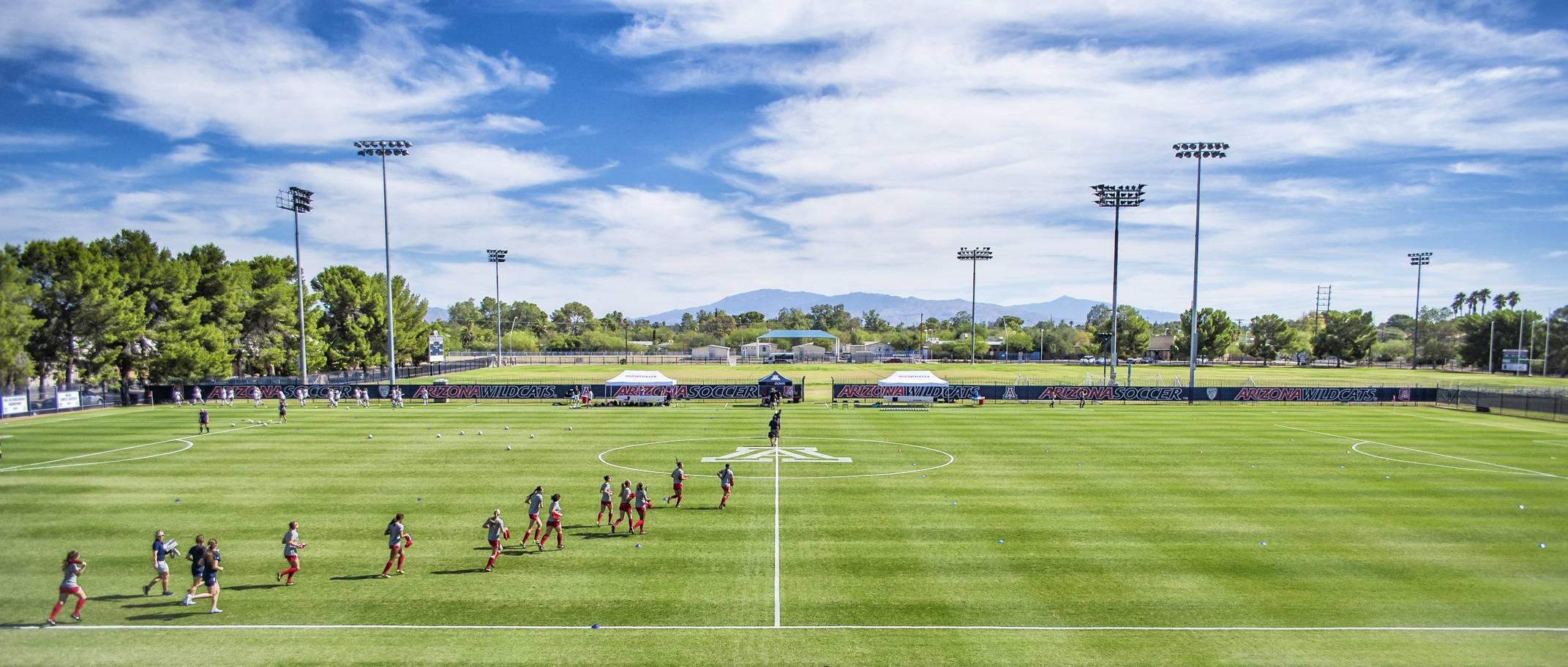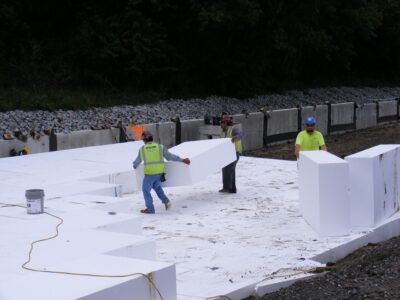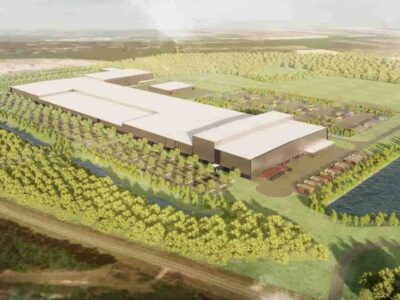Environmental initiatives have been part of the University of Arizona’s athletics for nearly two decades. In 2003, they started using reclaimed waters for the sports fields and lawns and these initiatives further expanded in 2007 when the University of Arizona (the UA) signed the American College and University Presidents’ Climate Commitment. Renovations in 2010 to the 80-year-old Arizona Stadium included new outdoor fixtures that reduced light pollution by 75%. The stadium later installed synthetic turf, lowering both water usage and on-field temperature levels.
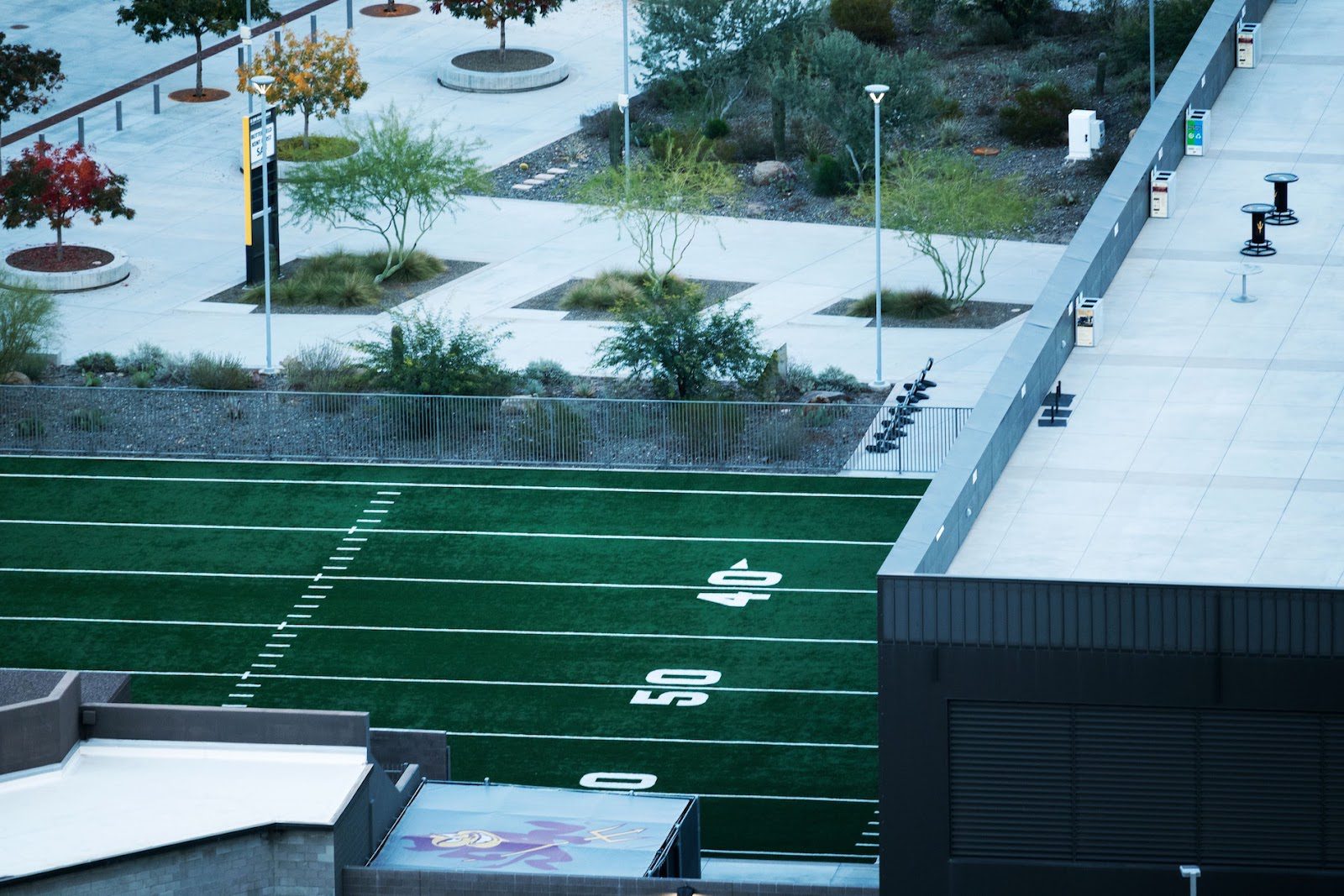
Environmental considerations factored largely in the building of Lowell-Stevens Football Facility which opened in 2013. Recycled and low-VOC (volatile organic compounds) materials were used in the building process and 75% of the construction waste was recycled. The multi-story sports operations and athletic training center contain energy-efficient lighting, water-conserving measures, and HVAC systems that helped to bring overall energy levels to 15% under code, while water usage dropped by 30%. Additional eco-related choices included CO2 monitoring controls and the establishment of a sustainable pest management plan. All of these elements led to the U.S. Green Building Council awarding Lowell-Stevens a Gold LEED (Leadership in Energy and Environmental Design) certification.
In 2013, the university became just the ninth college to join the Green Sports Alliance. This decision, according to the UA’s then-director of the UA’s Office of Sustainability Joe Abraham, “reflects our broader commitment to sustainability, including well-performing facilities and events, engaging fans and student-athletes about smart and responsible practices, and demonstrating how this enhances our already excellent Intercollegiate Athletics and Campus Recreation sports programs.”
Joining the Alliance further refined the university’s commitment to maintaining the sustainability-focused practices for athletic facilities and other campus buildings. Further exemplifying this thorough commitment was the university’s comprehensive switch to environmentally-friendly cleaning materials. This move earned the UA’s custodial service team a rare Greenguard Certification from the Greenguard Environmental Institute.
When the PAC-12 held its first Zero Waste Game Challenge in 2015, the Wildcats were eager, and impressive, participants. The team has a nearly 70% waste diversion rate (instead of the typical 30%-40%) diversion rate, placing them third in the conference’s ranking and In the top ten nationally. The Pac-12 also recognized Arizona for its innovation and outreach in the inaugural Zero Waste Challenge. The UA student unions purchased compostable items, like soda cups and nacho bowls, to ease the recycling process.
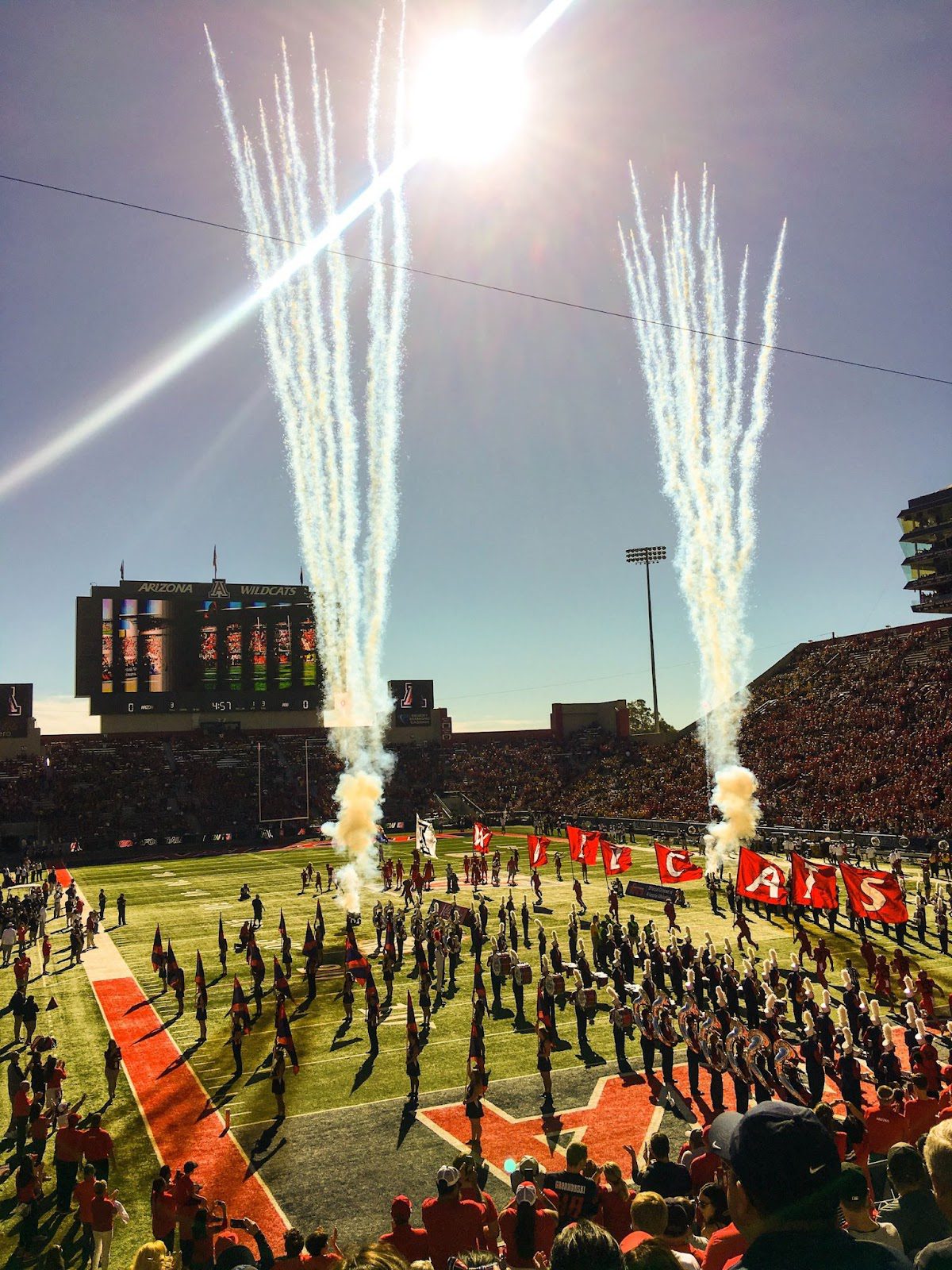
Arizona later garnered “most improved” honors in 2018’s Football Challenge, which reflected such actions as donating 267 prepared meals to a campus grocery program aimed to reduce food insecurity among students and donating the concession food (100 hot dogs, 50 pretzels, and 30 boxes of popcorn) to Gospel Rescue Missions and other Tucson homeless services. Wildcats Basketball has represented the UA well too as they twice have topped the Pac-12’s Basketball Game Challenge for having the “best engagement” during zero-waste games.
Student involvement has long been a key force in the UA Athletics sustainability efforts. In 2012, students launched the “Greening The Game” recycling program at sporting events. “Our job is to inform fans what can be composted, recycled, or thrown away into the landfill, and how to better minimize your waste at the game but also in life,” Katie Dalrymple, a Greening the Game student worker, told the Arizona Daily Star. Composting is the focus of another student-run organization, the aptly-named Compost Cats, while the UA’s Facilities Management and Waste Management teamed with the Students for Sustainability to boost recycling among tailgaters.
Several years ago, Sophia Thomas, a Wildcats tennis player, began a project that created sleeping mats and blankets out of unused plastic bags. So instead of the plastic bags going into the trash or the ocean where animals can be affected by it, we’re able to use them to help people in need,” she explained. “So really it has two advantages.”
The university has been just as dedicated to sustainability initiatives for athletic students as for student-athletes. An early major sustainable building project was the Student Recreation Center’s renovation in 2009. Built on a recovered brown field site (a former parking lot), the center was constructed with more than 25% recycled materials, from wall insulation to rubber flooring. Synchronized energy systems cut energy costs in half, while high-efficiency plumbing fixtures decreased water usage by over 45%. HVAC condensation is repurposed for irrigation and a water retention basin (built under the volleyball courts) serves to reduce stormwater runoff. Besides having a heat-reducing white coat, the roof also holds a 346-vacuum-tube thermal solar collector, which delivers nearly 2 million kilowatt-hours of solar power annually that, among other things, helps to heat the Aquatic Center’s pool and showers.
The Center has proven popular with students and sustainability experts. Student use of the recreation center jumped 91% post-renovation and it was the first U.S. university recreation center to earn LEED Platinum certification. Students, moreover, were among those involved in the planning for the Student Recreation Center from water harvesting concepts to landscape designs. “Various UA programs, students, faculty, and staff came together to make the LEED certification happen, and we couldn’t be more proud,” stated Peter Dourlein, assistant vice president of UA Planning, Design, and Construction.
Collaboration among the entire student body has played a vital role in making Arizona’s environmental initiatives work, as has the athletic program. Sports events have provided opportunities to test out various sustainability-focused projects, and they have also served as opportunities to introduce and educate a large number of people on sustainability. Arizona Stadium offers “an incredible opportunity for us to engage a huge audience in our efforts and spread our message, while making a significant environmental impact,” as then-Director of Sustainability Ben Champion stated in 2015. All of this work culminated in The Princeton Review, adding the UA to its list of “Top Green Schools.”

